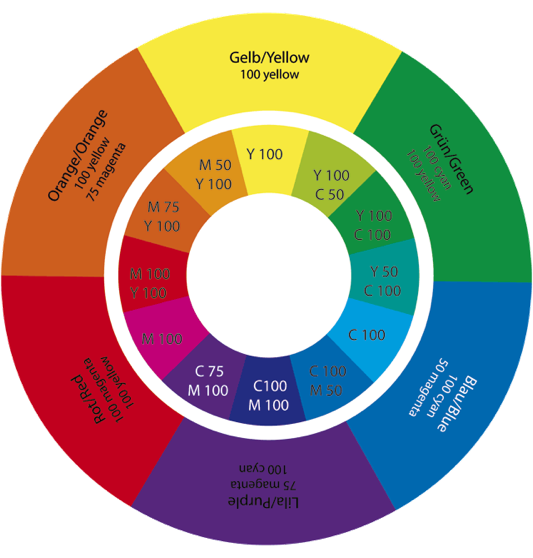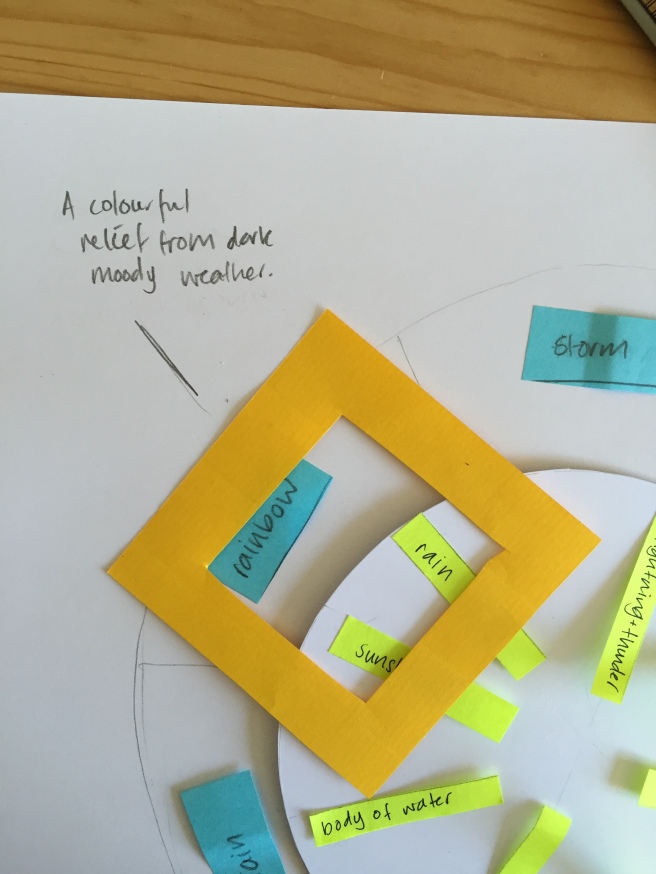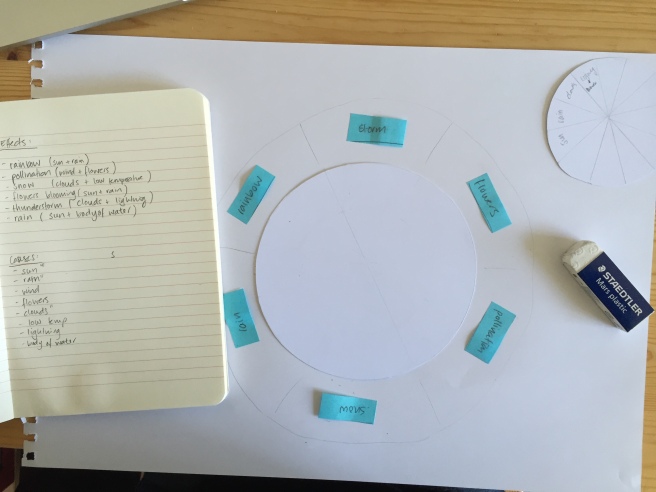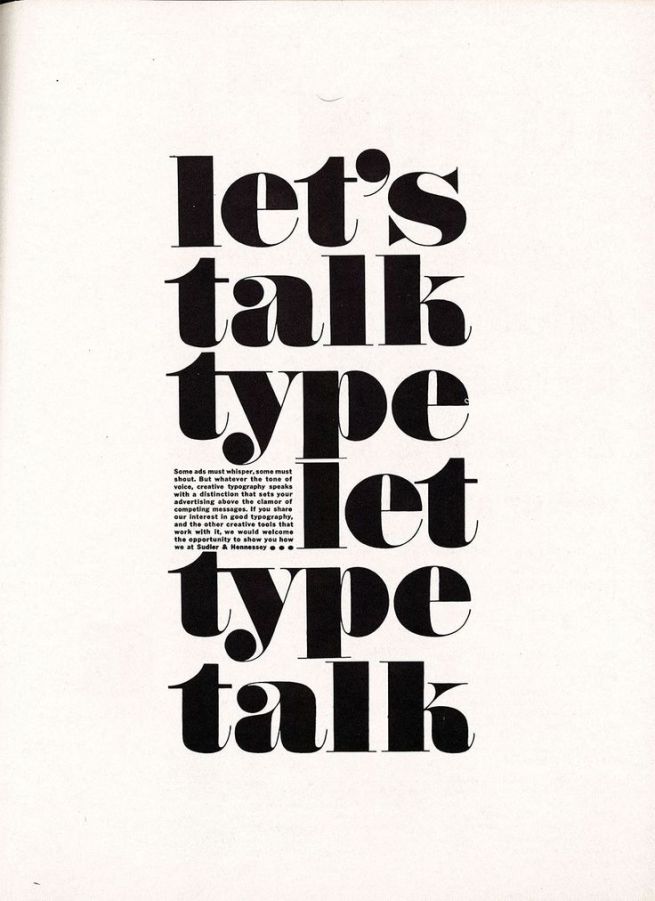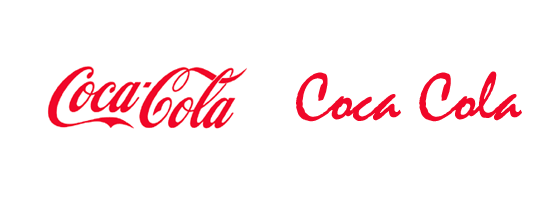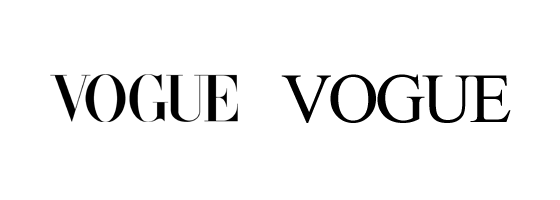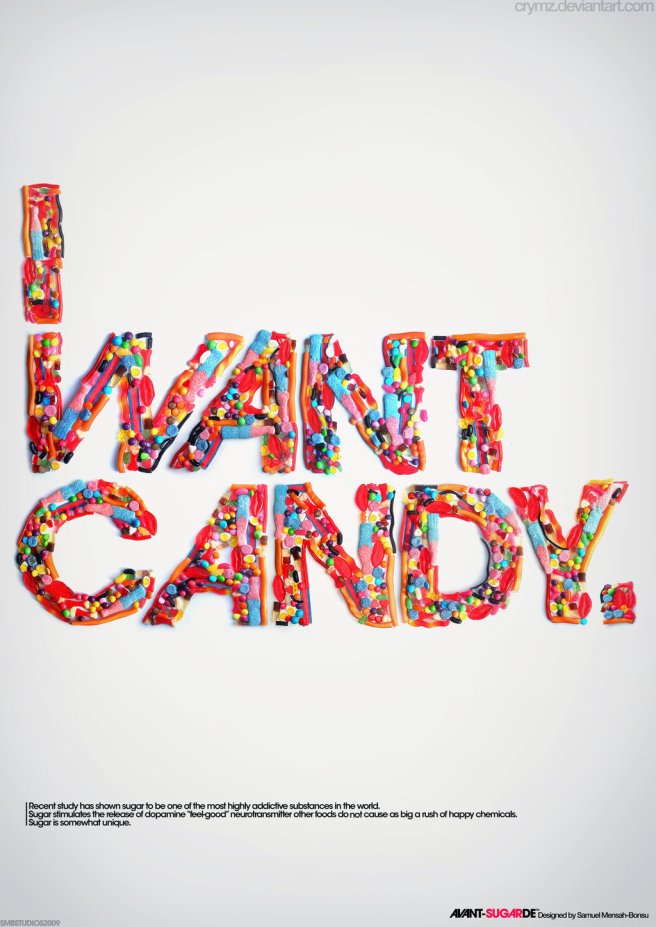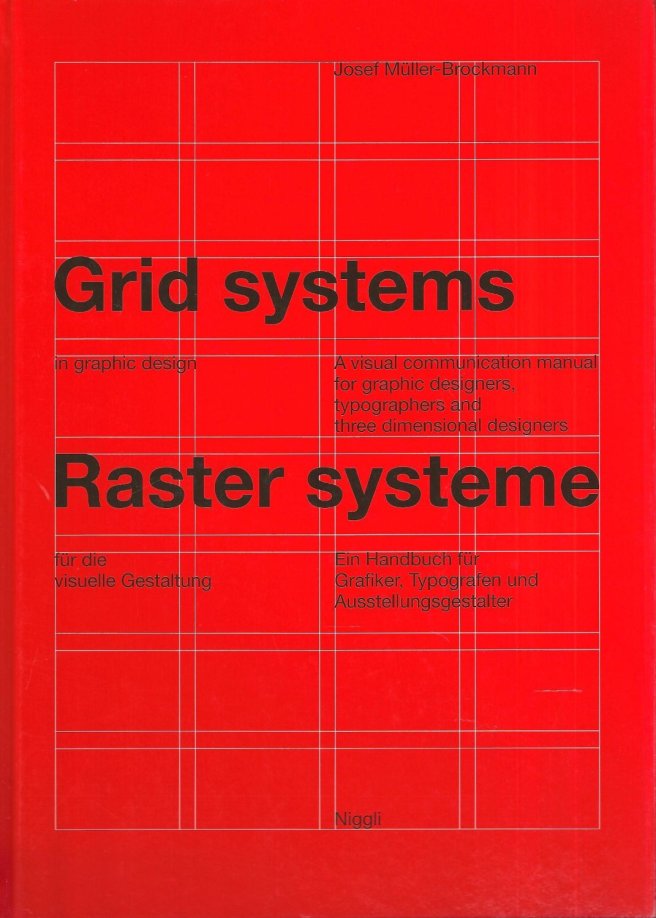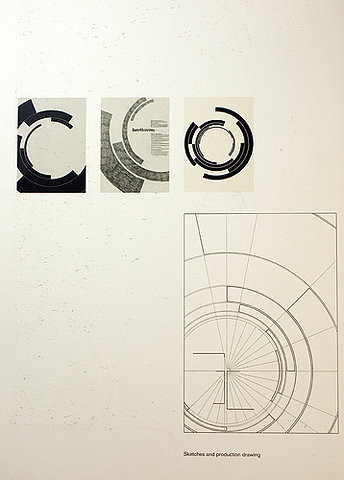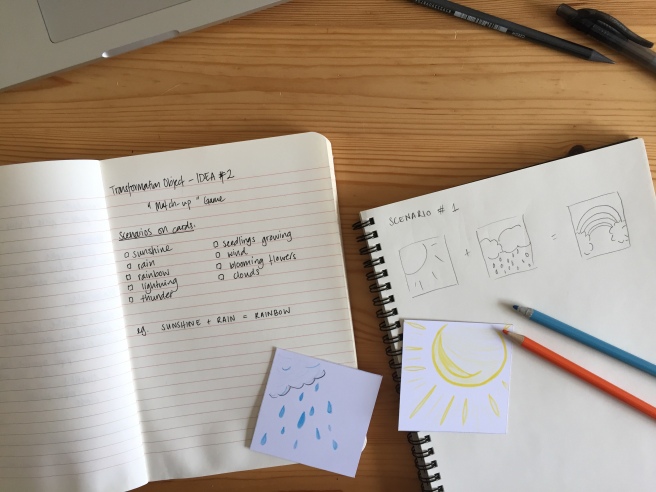The last form of rhetoric we learned about was the of exchange.
According to Jaques Durand “exchange consists of two reciprocal phrases” and occurs between the image or text in an advertisement again, to grab the viewers attention because something may look out of place.
I personally think that Chiasmus is a clever way to tell a story from a different point of view as it could change a person’s mind hearing or viewing it coming from a place you either wouldn’t expect in a way that’s more convincing. On Literary Devices, chiasmus is defined as “two or more clauses which are related grammatically and conceptually, but in which the grammar and concepts are reversed.”
Inversion
When an object’s scale has been inverted to that either larger than life or smaller, to be shown in another way.

Figure 1
The Sony ad uses inversion to make the banana look huge, as shown with the peel next to it in it’s original size. Sony claims to make objects look just as real in a form that’s larger than life.
Hendiadys
Hendiadys is often used to communicate more complex ideas by using objects that are similar in form but have different contents.
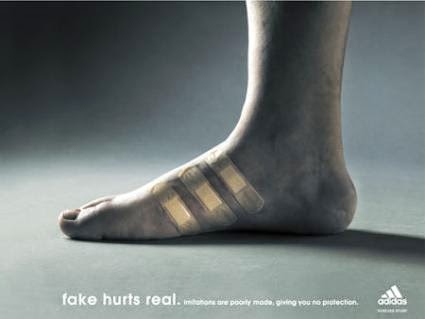
Figure 2
This adidas advertisement shows the 3 stripes on a foot without the shoe, but instead with band-aids to show the pain caused when you don’t wear their shoes. Might look similar but the outcome (content) is different.
Homology
Being the opposite of Hendiadys the content is the same but comes in a differently formed shell.
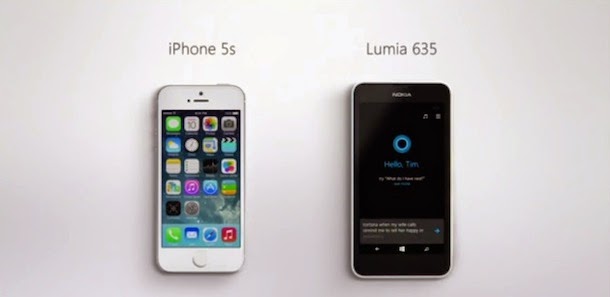
Figure 3
The two phones compared have similar capabilities but come packaged in different form and materials.
Asyndeton
When there is a logical disconnection and the viewer can sense that something is missing in the image.
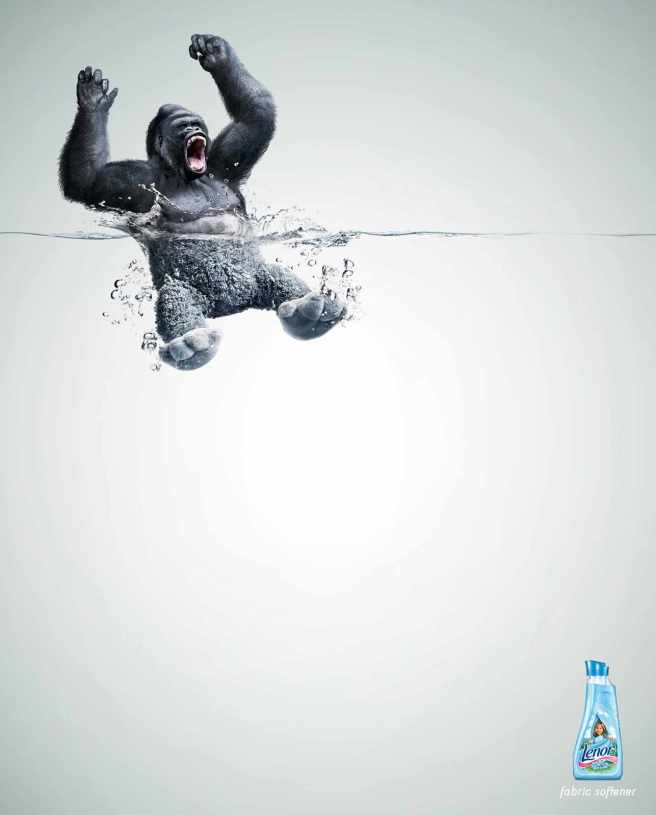
Figure 4
A teddy or soft toy represents something that is comforting and incredibly soft. The link that is made is that anything can be put into the wash using this fabric softener to become as soft as a teddy.
Anacoluthon
When the grammatical sequence is either poorly presented or missing in the image entirely.
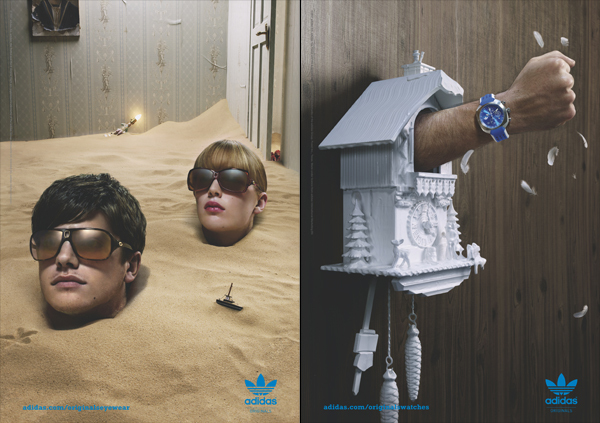
Figure 5
The message of this adidas advertisement is very unclear to the viewer and asks them to think about it further. Perhaps this is a great tactic to use to keep the advertisement, and in turn the brand, in the viewers mind longer than it otherwise would.
References
Chiasmus, Literary Devices, viewed 11 February 2016, <http://www.literarydevices.com/chiasmus/>
Durand’s Rhetoric, Changing Minds, Jaques Durand<http://changingminds.org/disciplines/rhetoric/durand_rhetoric.htm>
Ejemplos de aplicaciones retóricas, 25 May 2015, Hexadecano, viewed 11 February 2016, <http://hexadecanounlz.blogspot.com.au/>
Figures of Exchange, 31 January 2015, Design Studio – Visual Language, viewed 11 February 2016, <https://aflintvisuallanguage2014.wordpress.com/2015/01/31/figures-of-exchange/>
Lenor Fabric Softener: Gorilla, Grey, Lima, Peru, April 2012, Ads of the World, viewed 11 February 2016, <http://adsoftheworld.com/media/print/lenor_fabric_softener_gorilla>
Sony Microvault Tiny 4GB: Banana, Ads of the World Fortune Promoseven , viewed 11 February 2016,<http://adsoftheworld.com/media/print/sony_microvault_tiny_4gb_banana?size=original>
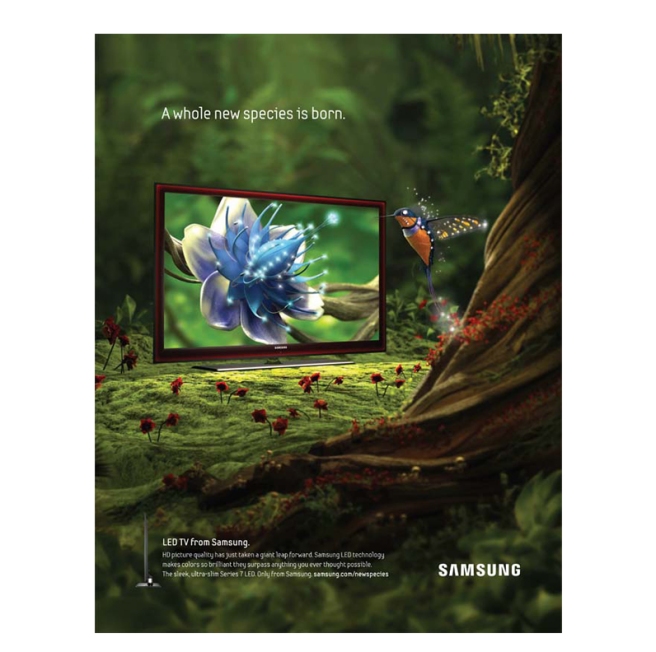
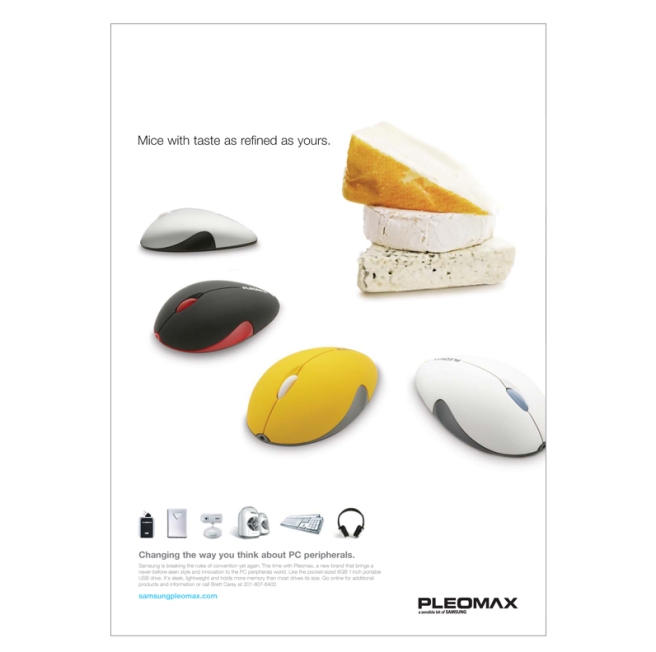
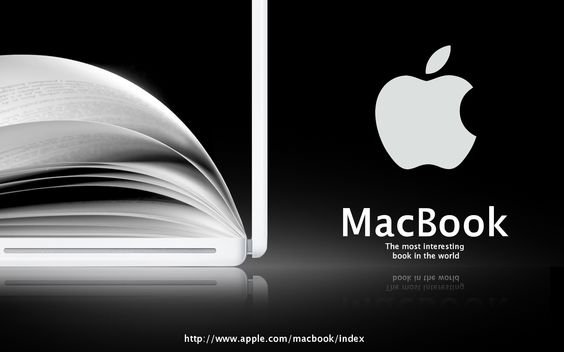
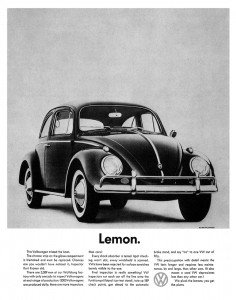
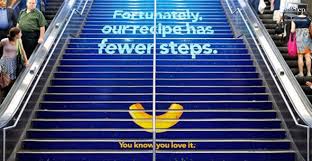
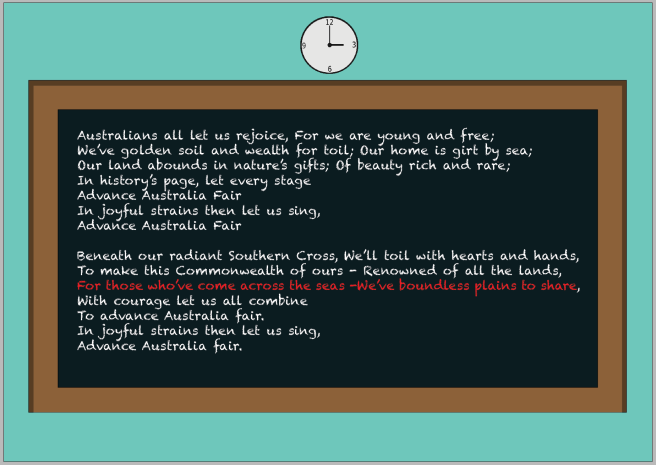
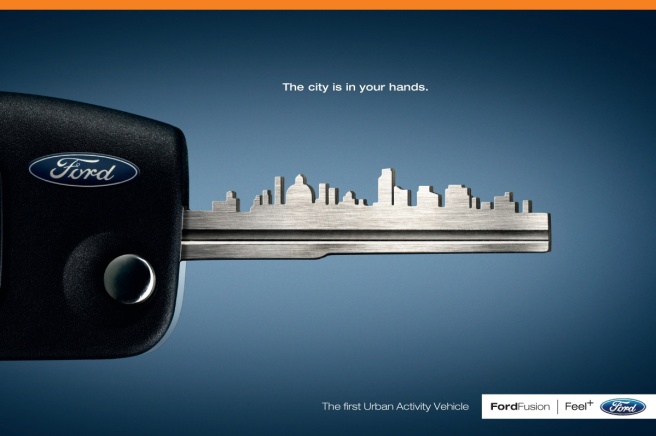
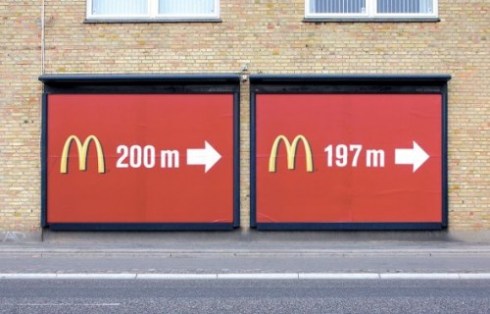
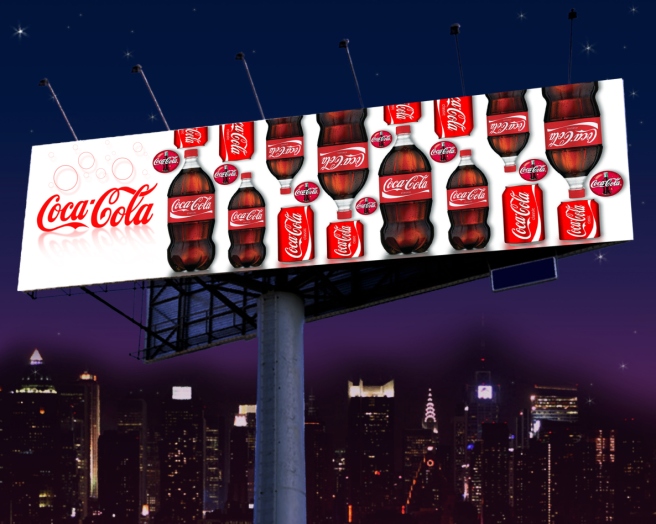
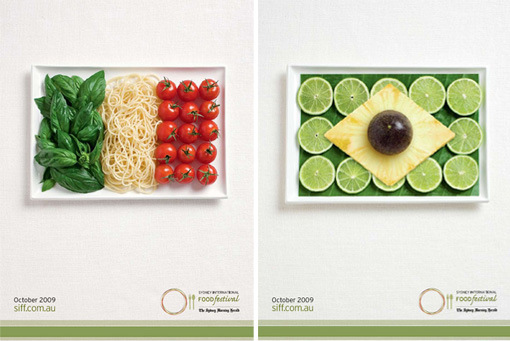
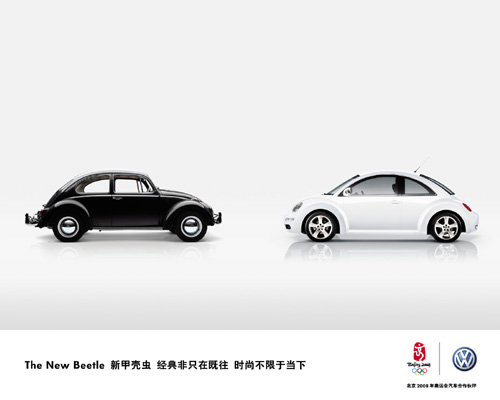
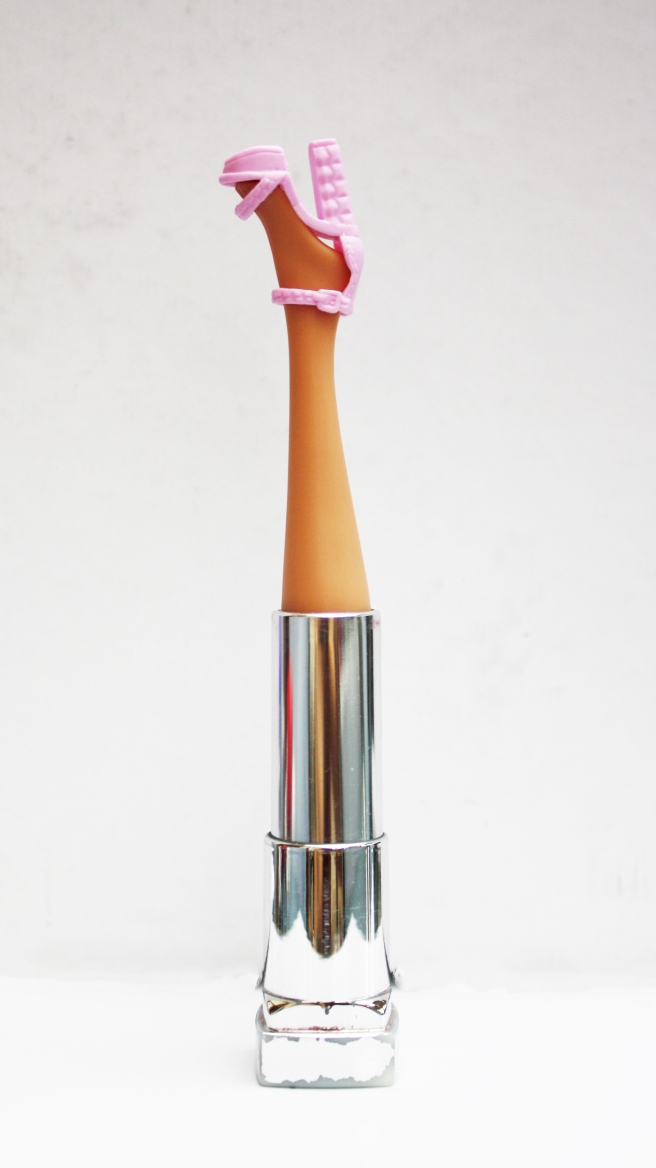 Figure 5.
Figure 5.